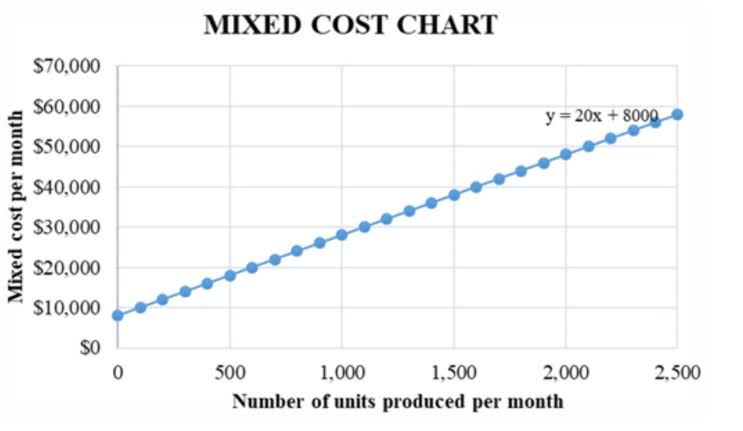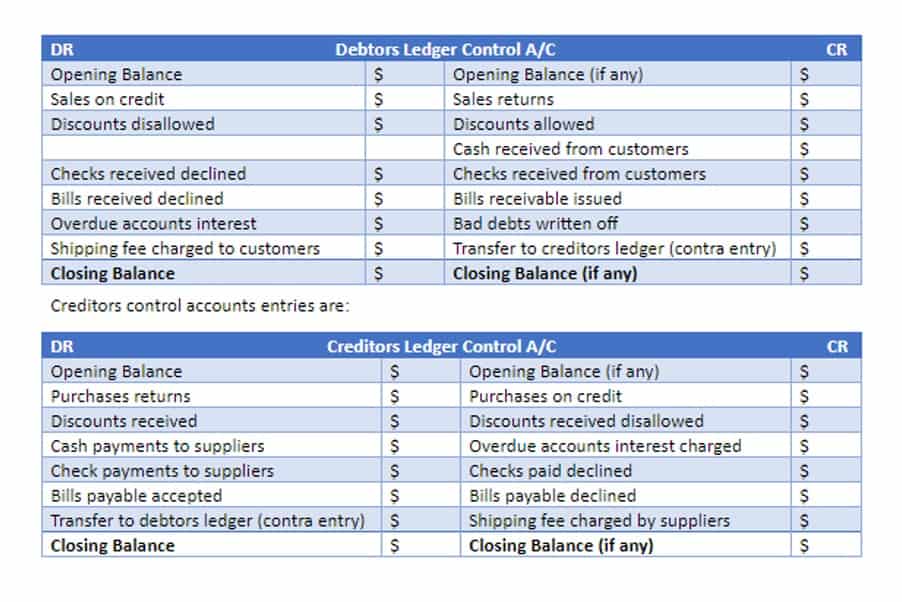What you Should Know About Oil & Gas Accounting
20/09/2022 19:25

Revenue recognition in the oil and gas industry is a complex process influenced by various factors, including the nature of contracts, the timing of delivery, and market conditions. The industry often deals with long-term contracts, which can span several years and involve multiple performance obligations. These contracts require careful analysis to determine when and how revenue should be recognized.

Financial Reporting Standards
For purposes of this tutorial, we’re going to focus on Upstream, or E&P (Exploration & Production) companies because those are the most “different” from normal companies – and they’re the most common topic in interviews. The obvious example is mining, where there’s a lot of overlap, but almost anything that depends on commodity prices is similar. Any actual difference comes down to an individual company’s overall business processes and how they meet their customers’ needs. We are compliant with the requirements for continuing education providers (as described in sections income summary 10.6 and 10.9 of the Department of Treasury’s Circular No. 230 and in other IRS guidance, forms, and instructions). PwC US Energy practice provides audit and assurance, tax, advisory, and consulting services to help energy businesses address key issues.
- Instead, you assume that the company adds nothing to its reserves and that it produces 100% of its reserves until it runs out of natural resources completely.
- This doesn’t really affect the income statement, but you do need to add back deferred taxes on the cash flow statement.
- Proper accounting practices build trust among investors, regulators, and the public, fostering confidence in the industry.
- It enables companies to assess project viability, allocate resources efficiently, and make strategic decisions that contribute to long-term success in the industry.
- You want to track the beginning and ending reserves each year, the annual production volume, and the average price for each commodity; typically you use the same low/mid/high price cases that you used in the company’s operating model.
The Net Asset Value (NAV) Model

When you project a natural resource company’s statements, you begin by projecting its oil and gas accounting production by segment based on its reserves and its historical patterns. Before you begin projecting an energy company’s financial statements, you need to know something about the units used. This is because adding back the non-cash charge for DD&A effectively negates the relatively larger impact to net income under the FC accounting method.
- On the other hand, the proportionate consolidation method involves recognizing the investor’s share of the joint venture’s assets, liabilities, revenues, and expenses directly in its financial statements.
- GAAP is dynamic, and the FASB continually updates and issues new standards to address emerging issues and improve the quality of financial reporting.
- One of the primary considerations in joint venture accounting is the method of accounting to be used.
- These assets and liabilities are typically recorded on the balance sheet of the operator, who manages the day-to-day operations of the joint venture.
- CFO is basically net income with non-cash charges like DD&A added back, so, despite a relatively lower charge for DD&A, CFO for an SE company will reflect the net income impact from expenses relating to unsuccessful exploration efforts.
- In the oil and gas industry, it is common for multiple entities to collaborate on exploration, development, and production projects.
FIFO vs. LIFO: Accounting Methods and Their Impacts

This process is governed by accounting standards such as IAS 36, which outlines the procedures for identifying and measuring impairment. Valuation of reserves involves not just the quantity but also the quality of the hydrocarbons. Factors such as the type of crude oil, its sulfur content, and the presence of natural gas liquids can significantly influence the economic value. Additionally, external factors like oil prices, technological advancements, and regulatory changes play a pivotal role in reserve valuation.
- In SE, costs are capitalized based on whether the well is successful or not (i.e., hydrocarbons are produced).
- There is no assurance that the forecast price and cost assumptions applied by McDaniel or GLJ in evaluating Gran Tierra’s or i3 Energy’s reserves, respectively, will be attained and variances could be material.
- Gran Tierra’s method of calculating these measures may differ from other companies and, accordingly, they may not be comparable to similar measures used by other companies.
- That “dry hole expense” I mentioned above is another name for unsuccessful exploration, and some companies actually add it back on their cash flow statements (long story, but essentially they are using a mix of both standards).
- One of the primary concepts is the distinction between upstream, midstream, and downstream activities.

We are eager to implement industry leading technology currently used in Canada in both our Ecuador and Colombia operations, and are equally looking forward to bringing our reservoir modeling, exploration knowledge and asset management expertise into Canada. Simply subtract the expenses from the revenue each year and then multiply by (1 – Tax Rate) to calculate the after-tax cash flows. Under the successful efforts methodology, you expense them, and under the full cost methodology you capitalize them and add that CapEx to the PP&E on your balance sheet. This doesn’t really affect the income statement, but you do need to https://www.facebook.com/BooksTimeInc add back deferred taxes on the cash flow statement.

To get a sense of what the financial statements look like for a real company, click here to check out XTO Energy’s statements from just before they were acquired by Exxon Mobil. Sometimes, E&P companies also create a category for PP&E (Plants, Property & Equipment) on their balance sheet and list their reserves by category there (Proved, Unproved, and Other – basically, the probability of those reserves actually turning into something real). Energy companies’ income statements do not have the usual Cost of Goods Sold / Gross Profit and Operating Expense distinction that you see for normal companies. You measure the company’s reserves (how much they have on their balance sheet, ready to extract, produce, and sell) and production (how much they produce and sell each day, month, quarter, year, etc.) in these units. If your company is on the lookout for high-quality oil and gas accountants, talk to EAG Inc..
That seems straightforward, but it gets confusing on the other financial statements because some companies apply these standards inconsistently and use a “mix” of both. So let’s say that a company has 12,000 billion cubic feet (12,000 Bcf) of natural gas in its reserves and produces 500 billion cubic feet (500 Bcf) annually. We believe the oil and gas industry is at the beginning of the back-office technological revolution. Over the next decade, companies will see a fundamental transformation of how they can eliminate waste, streamline accounting, and automate daily tasks, as well as reduce overall G&A.










